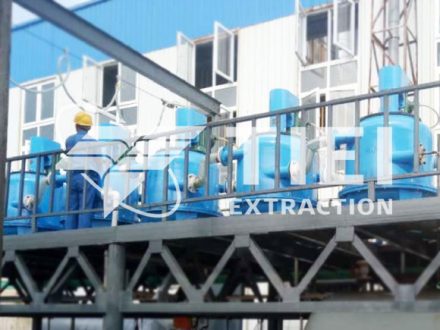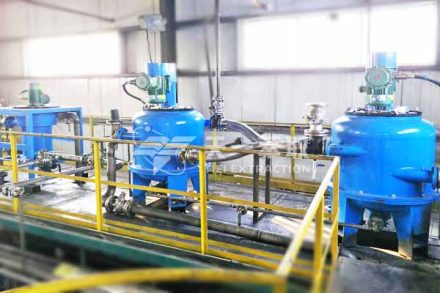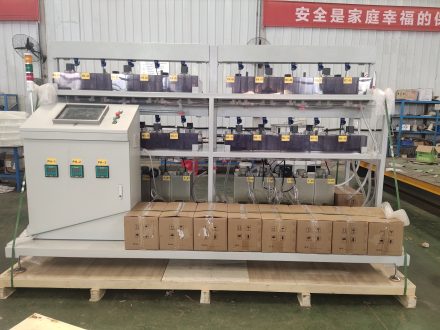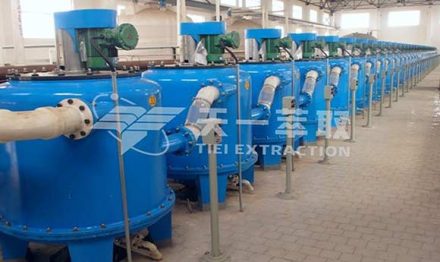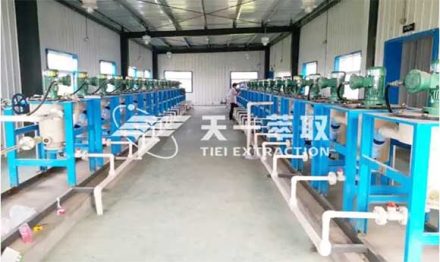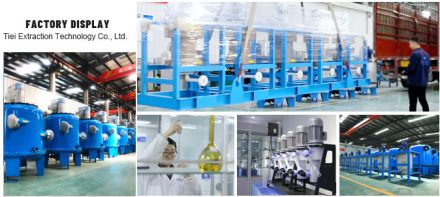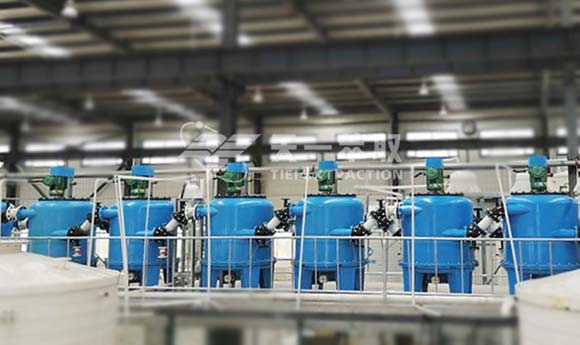
Rubidium and cesium are extremely important rare and precious metal resources, widely used in aviation, medicine, energy, electronic equipment, chemical industry and other fields.
Salar brine contains abundant rubidium and cesium resources, but the concentration is generally low, generally within 10mg/l. The content of rubidium and cesium in some salar brines and lithium extraction mother liquor can reach 45-120mg/l and 2-100mg/l or even higher. However, other metal elements coexisting in brine, such as sodium and potassium, are very high, up to several grams or even dozens of grams. Since they are both alkali metal ions and the properties of potassium and rubidium are extremely similar (potassium is also the ion with the greatest interference in the extraction process of rubidium and cesium), the extraction of rubidium and cesium in salt lake brine is very difficult.
During the extraction of potassium chloride and other salts from salt lakes, rubidium and cesium salts will be entrained and precipitated together. In addition, with the outflow of geothermal water rich in cesium resources, huge energy waste is caused. Therefore, how to find effective separation methods to efficiently extract rubidium and cesium resources in the production process of salar brine salt products has become a hot topic in current research.
In recent years, the separation methods that have been studied for the extraction of lithium, rubidium and cesium from brine include ion exchange and extraction. The extraction method has the advantages of high selectivity, low energy consumption, and easy to achieve continuous operation, and has better performance in the process of extracting rubidium and cesium.
The most studied extractants in the extraction method are calixarene crown ether and 4-tert-butyl-2-(α-methylbenzyl)phenol (abbreviated as T-BAMBP). In comparison, T-BAMBP is cheap, has high separation efficiency, is easy to desorb, and has good industrial application prospects. The extraction mechanism of this extractant is that the hydrogen ions on the phenolic hydroxyl group undergo ion exchange with metal cations. Therefore, extraction needs to occur in a strong alkaline system.
Tiei Extraction has conducted a lot of research and experiments on the extraction of rubidium and cesium. In view of the defects of relatively low extraction efficiency when using TBP as a single extractant, and the serious corrosion of the equipment, large loss of the extractant and easy pollution to the environment, Tiei has launched a relatively economical solution for the extraction of rubidium and cesium. After a large number of tests, it has been proved that no corrosion was found in the extraction of rubidium and cesium from brine TBP using the CWL-M series centrifugal extractor, indicating that the CWL-M series centrifugal extractor has the best corrosion resistance. After multi-stage countercurrent extraction, the extraction rate of rubidium and cesium meets the requirements, and there is no corrosion in the equipment.
Welcome to consult us for more details!
Email: sales@tieiextraction.com
Whatsapp: +86 19069612820

